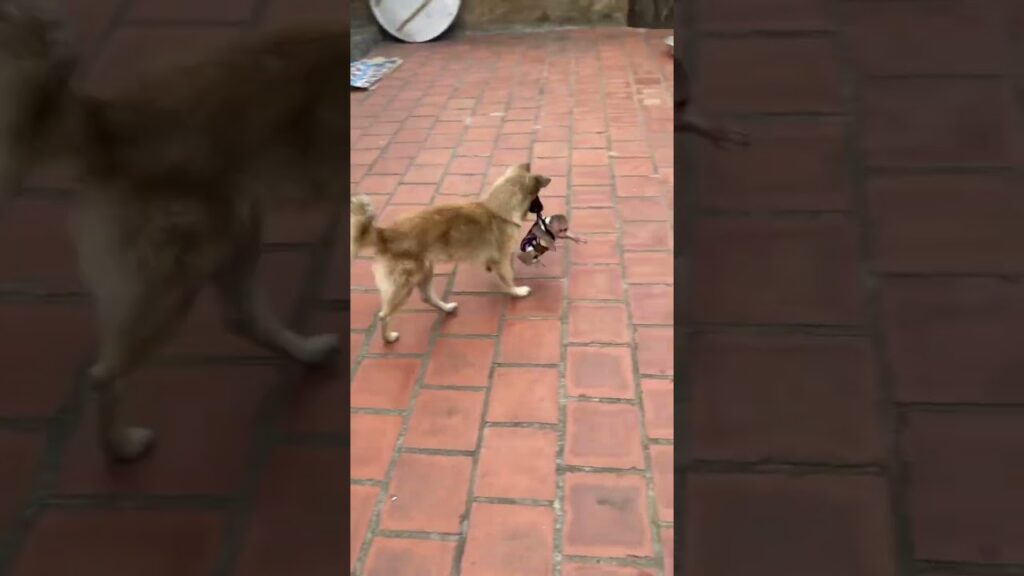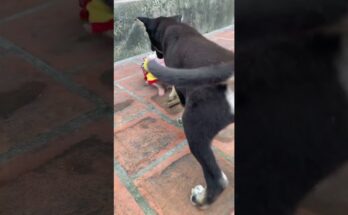Where life unfolds in raw and untamed rhythms, one of the most heart-wrenching sights is that of an orphaned baby animal. Among these, perhaps none is more moving than the cry of a tiny monkey who has lost its mother — a fragile soul mourning endlessly in a world that suddenly feels too big, too harsh, and too quiet.
This was the scene witnessed by wildlife conservationists in a remote rainforest, where a baby monkey, no more than a few months old, was found alone — its cries echoing through the trees. The infant clung to a low-hanging branch, whimpering softly, its large, tear-filled eyes scanning the forest for the one figure it would never see again: its mother.

The mother’s disappearance, believed to be the result of poaching or predator attack, left the baby in a desperate and vulnerable state. In monkey societies, especially among species like macaques or langurs, the bond between mother and infant is profoundly strong. From birth, the baby relies entirely on its mother for food, warmth, protection, and emotional comfort. Without her, the infant is not just physically at risk — it is emotionally devastated.
The cries of an orphan monkey are not just expressions of hunger; they are cries of grief. Scientists have documented signs of mourning in primates, and orphaned young often show clear signs of trauma. This particular baby was seen holding its arms out in a grasping motion — a heartbreaking gesture, as if hoping that at any moment, its mother would return to lift it up and press it close. But the jungle offered no such miracle.
Rescuers acted quickly. Knowing that time was critical, they gently captured the baby to bring it to a nearby wildlife rehabilitation center. There, it would receive round-the-clock care, nourishment, and a surrogate sense of security from trained caregivers — sometimes even through stuffed animals designed to mimic the feeling of clinging to fur.
But the road to recovery for an orphaned monkey is not just physical; it’s emotional and psychological. Many suffer from long-term anxiety, stress, and a reduced ability to socialize with their peers. That’s why rehabilitation centers often work to pair orphans with others of the same age, slowly helping them build new bonds and rediscover a sense of safety.
The tragedy of this baby monkey is not an isolated case. Across the globe, habitat destruction, illegal wildlife trade, and poaching continue to tear families apart in the animal kingdom. Every orphaned creature is a reminder of the cost of human impact on the natural world.
Yet, in the midst of sadness, there is still hope. With compassion, intervention, and conservation efforts, some of these young lives can be saved — and with time, even smile again. The baby monkey’s cries may one day fade, replaced by the chatter of friendship and the comfort of a new, if imperfect, family.
Still, the tears in the wild linger — a silent plea for a world where no infant, human or animal, must cry alone.
